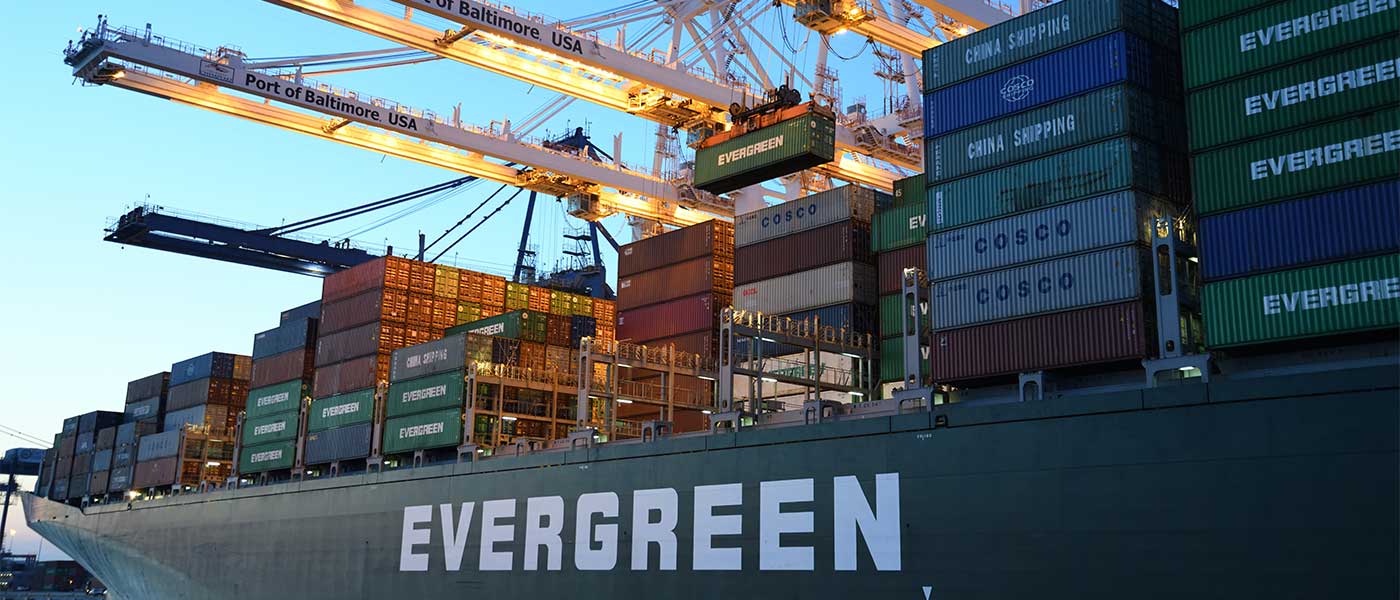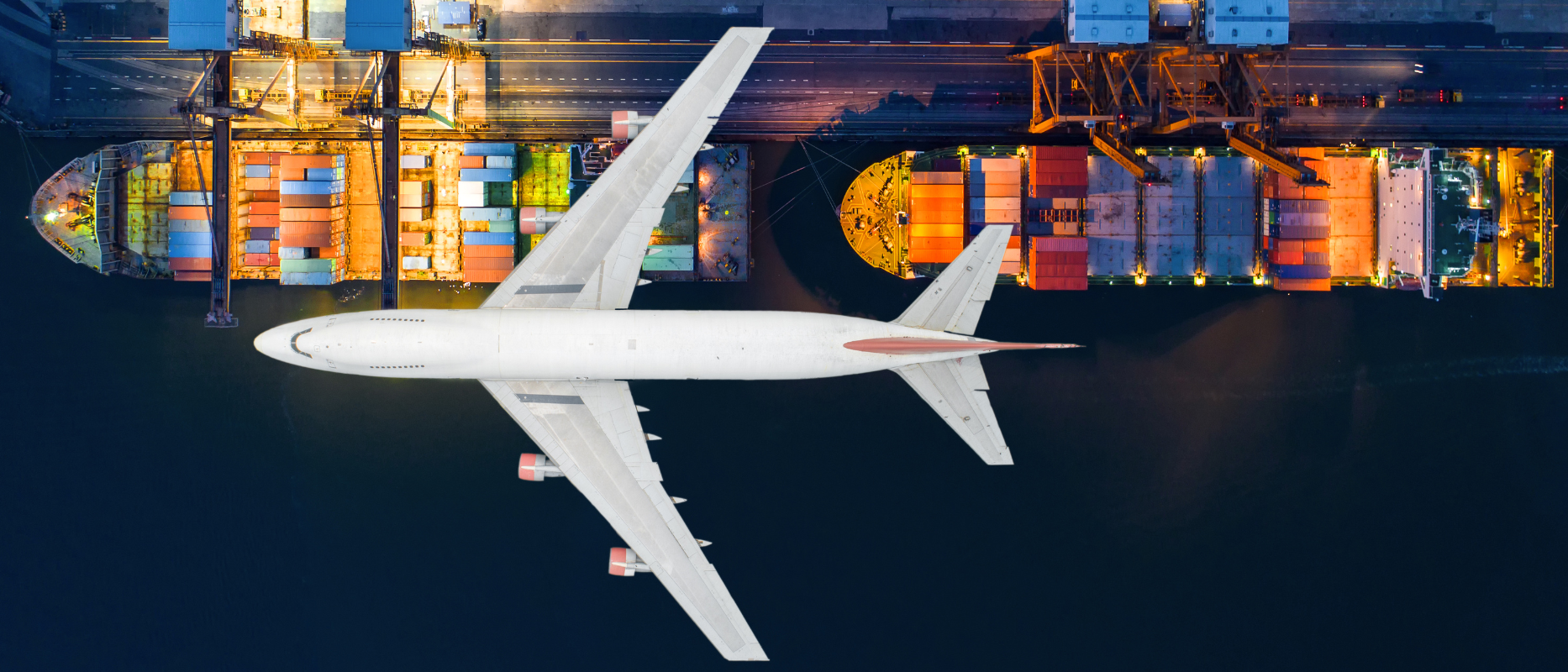What is 3PL?
3PL is the acronym for Third-Party Logistics (TPL). A 3PL is an external company that functions like an order fulfillment center by catering to all your requirements while outsourcing the logistics operations of picking, packing, and shipping.
The services offered by a 3PL service provider include
- Inventory management
- Warehousing
- Order processing and customization
- Freight shipping
- Picking orders
- Packing orders
- Shipment tracking
- Kitting
- Retail distribution
- Reverse logistics
In short, 3PL providers manage both inbound and outbound operations, including warehousing.
Pros & Cons of 3PL
Pros of 3PL
- Cost cutting
Operational and overhead costs are saved to a great extent as 3PLs have stronger connections when it comes to the logistics field. Hence, these third-party companies offer massive volume discounts to their customers. Moreover, infrastructural, transportation, tracking technology, and warehousing costs are minimized considerably.
- Scalability and expansion
3PLs have a broader network than your company’s supply chain. This helps fill up all supply chain gaps and scale up sales. Redundant expenses are averted as the distribution and supply resources of 3PLs are customized according to the business requirements. A wider reach directly helps your company expand operations.
- Optimization of resources
Allocating supply chain management to an efficient 3PL provider helps save time and effort that can be used in other core business operations, like marketing and customer services.
- Customer satisfaction
The main objective of every business is to ensure customer satisfaction. With the expert services of 3PL, timely delivery and brand loyalty are assured.
Cons of 3PL
- Additional costs
Although 3PL helps reduce major operational expenses, it comes with a few additional costs that might be incurred due to external factors like adverse weather conditions, tariffs, etc. You have little to no control over the financial strategies adopted by a 3PL company. In some cases, more services might skyrocket expenses.
- Lack of control
Outsourcing services comes with the risk of losing control over certain important aspects of operations like delivery and distribution. Entrusting a 3PL to fulfill your company’s requirements involves the risk of a data breach, as crucial proprietary details need to be shared with a third party.
- Lack of understanding
Suppose your business has some special requirements like temperature-controlled delivery. Not all 3PL providers can accommodate such requirements. You must look for a 3PL company that caters to these special needs. Moreover, 3PL companies work for innumerable clients, so they might fail to understand and attend to the objectives of your business.
How the 3PL Process Works
Let’s understand how the 3PL process works with the help of an example. Suppose a fashion retailer has launched its sports apparel and wants to expand its customer base by catering to a broader market. This entails order processing, distribution, warehousing, and transportation. The seller might not be willing to invest resources in these operations but rather concentrate on increasing production and marketing.
In this case, it is ideal for the seller to partner with a 3PL provider who will handle the supply chain operations. You can avert the hassles of finding suitable warehouses or opening new stores altogether because the 3PL provider offers a network of warehouses and distribution channels. The retailer can focus on its core operations while also effectively controlling costs.
To break it down,
- The 3PL provider organizes the SKUs after receiving your inventory
- Whenever a customer places an order on your online site, the order gets forwarded to your 3PL partner
- Assigned members to collect the ordered items according to the picking list
- They pack the ordered goods in secure packages and affix the order details and receipts
- The 3PL assigns carrier partners for shipping
- The carrier partner picks up the parcel from the distribution center and ships and delivers it to the specific customer
- The tracking details are first updated on the 3PL’s system and also synced with the software management system you use
What is 4PL?
4PL or Fourth-Party Logistics refers to the operational model where an external party manages every facet of the supply chain and logistics. A 4PL provider handles responsibilities, including managing technology, infrastructure, and resources and offering strategic insights.
Pros & Cons of 4PL
Pros of 4PL
- Data visibility
4PLs implement updated software and technology for data analysis. This ensures greater data visibility and accuracy.
- Operational efficiency
4PLs offer customized services with expertise in handling the logistics and supply industry. These providers use the automated placement of the order and data tracking. They also have access to a wider supplier base. These factors help increase operational efficiency with enhanced production and supply schedules forecasting.
- Minimization of costs
Operational efficiency helps to minimize overall operational costs. Reducing labor and overhead costs, expenses of contracting 3PLs and other cost deductions help to increase cash flow.
- Reduced complexity in the supply chain
4PL is the sole interface connecting you with several logistics providers and suppliers. So, you don’t have to coordinate with several operators and assimilate every detail.
Cons of 4PL
- High dependency on an external party
Once you outsource services to a 4PL company, you become highly dependent on it for order fulfillment and supply chain management. You will have very little control over these operations.
- Increased cost
Partnering with a 4PL provider can be very costly, particularly for medium and small-scale companies, because you have entrusted the external company to handle every facet of the supply chain just like an in-house team. Hence, the expenses incurred are often higher than a general logistics management company.
How the 4PL Process Works
A 4PL helps to manage several 3PLs along with additional logistics operations like inventory management, implementation of advanced technology for data analysis, and transportation. The 4PL process can be broken down into four steps:
- Transportation
- Warehousing
- Inventory management
- Shipping
Differences Between a 3PL vs. a 4PL
The differences between a 3PL and a 4PL are mainly based on how each manages its services. The major differences are listed below:
Order fulfillment
A 3PL provider offers storing, picking, packing, and shipping services for the goods manufactured by a seller or retailer. In contrast, 4PL providers hire and manage 3PLs by negotiating contracts, maintaining communication between the distributor and the team, and resolving issues that may arise during operations. 4PLs take charge of the entire supply chain management.
Supply chain optimization
3PLs can directly work with you to find better solutions to optimize order fulfillment. In contrast, 4PLs handle the entire process of their own accord. For example, a 3PL provider might coordinate with you to choose fulfillment centers nearest to the location of your customers.
Customer communications
There can be communication and resolution delays while working with 4PLs, as they act as intermediaries. All communication is filtered through the 4PLs. With 3PLs, you can directly communicate with customers through the customer service team. This helps to offer better services and ensure satisfaction among customers.
Which Type of Logistics Model is Best for Your Business?
Now that you are acquainted with the differences between 3PL and 4PL, it is easier to figure out which suits your business model perfectly. However, before opting for any logistics model, consider the following factors:
- Have a clear picture of the services provided and not provided by the external party
- Ensure the reliability of the service provider
- Evaluate the kind of outsourcing services required by your company
- Consider the expenses involved in logistics operations and management
4PLs might not be cost-effective for startups and small-scale businesses as they involve increased expenses compared to 3PLs. You can opt for a 3PL provider if you have basic logistics requirements and cannot afford the expenses of hiring the premium services of a 4PL. On the other hand, if you want to discharge the responsibility of managing the supply chain and concentrate on other aspects like marketing, then 4PL solutions are well-suited. Ultimately, the choice depends on the status and requirements of your business model.
Conclusion
Logistics play a vital role in every business, but the requirements of each differ. While some businesses do not require an external party to handle their logistics operations, most businesses choose 3PL or 4PL solutions to grow. Both 3PL and 4PL help manage and optimize resources in the supply chain, specializing in the services provided and management methods. To reap maximum benefits, you need to choose a logistics model that aligns with your business’s requirements.











